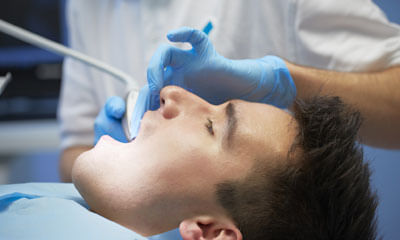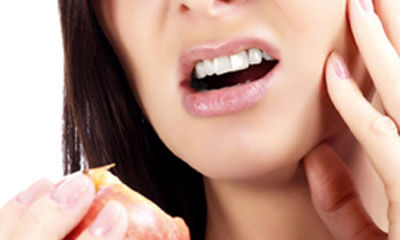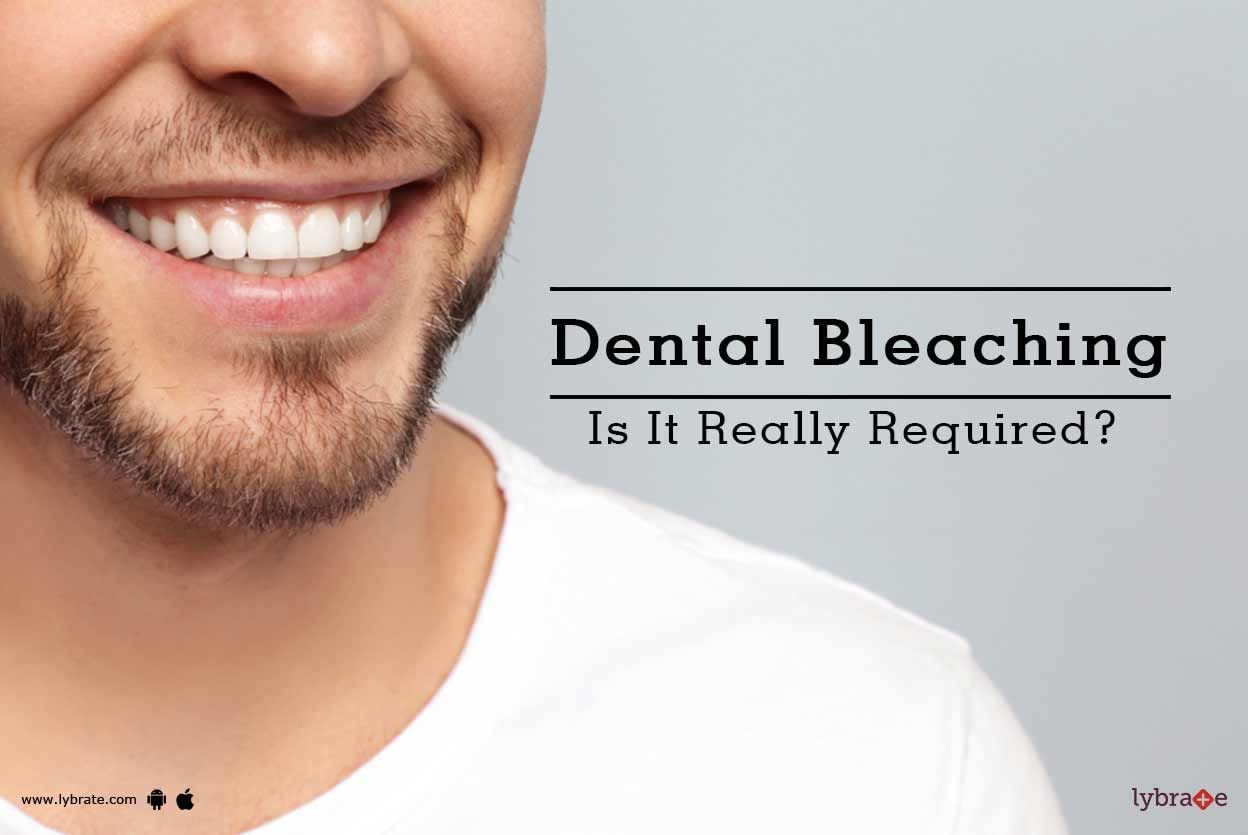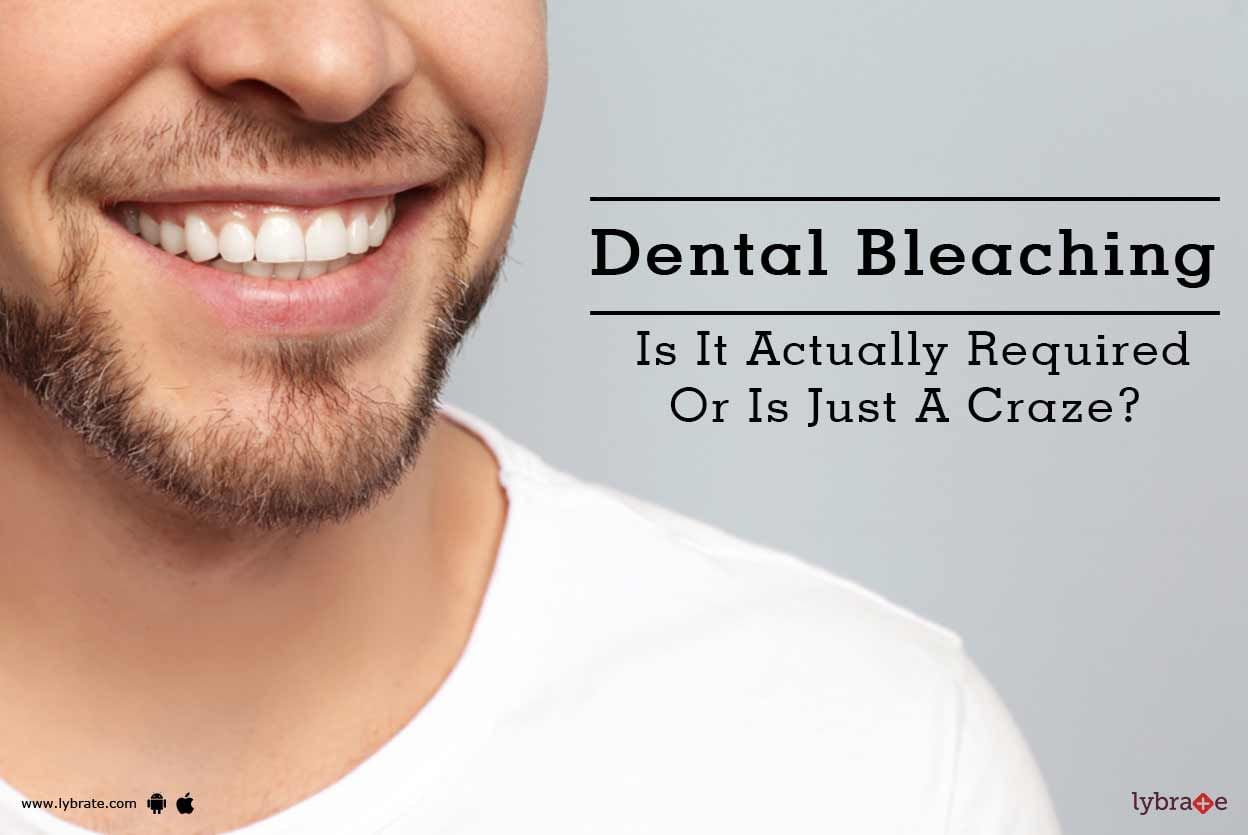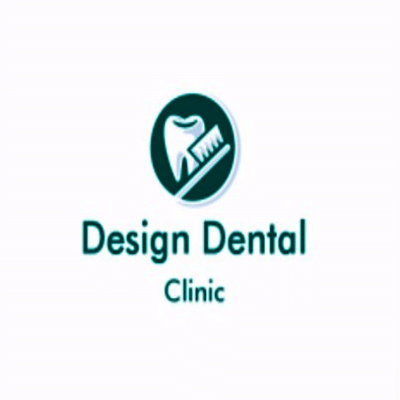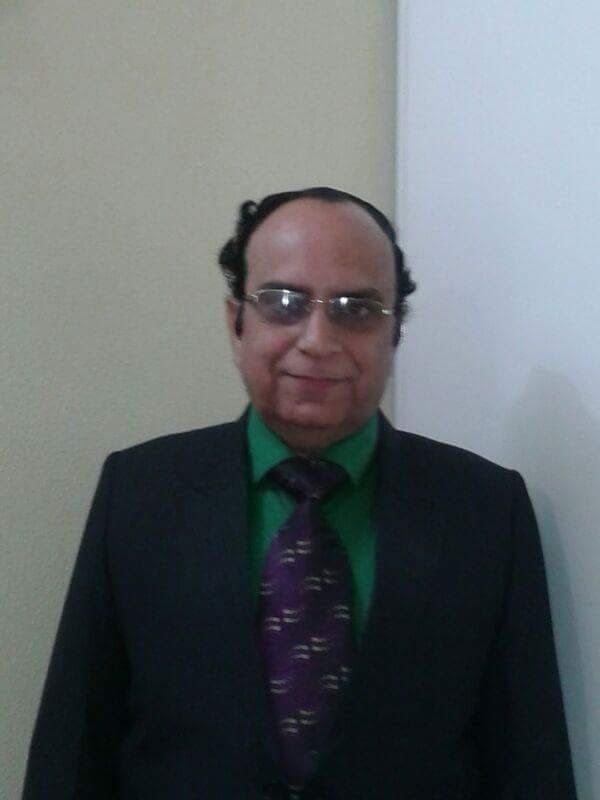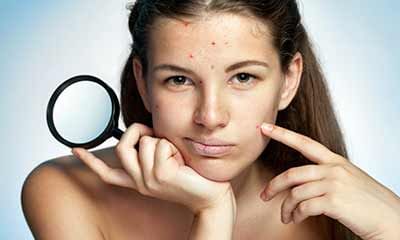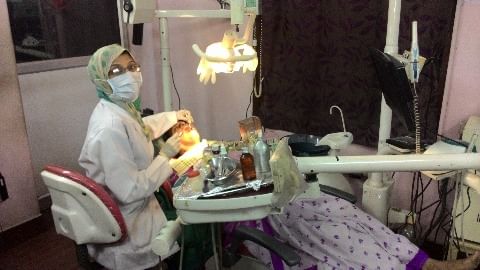Get the App
For Doctors
Login/Sign-up
About
Health Feed
Find Doctors
Health Packages
AllQ&AsTipsQuizzes
Dental Bleaching Health Feed
Health Query
Share
Bookmark
Report
Asked for female, 30 years old from Kota
Share
Bookmark
Report
It wouldn't harm your teeth or gums in any manner as any medication or ointment made for oral cavity is thoroughly tested before releasing it to the market. But if possible, I would like to advise you to rinse your mouth after 10-15 minutes of application, before you go to sleep. If you are experiencing any sort of discomfort because of the application or have any more queries ,you can always reach out to us or pay visit to your nearest dentist.
1215 people found this helpful
Last Updated: 6 years ago• Featured Tip
Share
Bookmark
Report
How do your teeth become stained?
Teeth discolouration is generally caused by stain-causing beverages. These include coffee, red wine, tea and some other hard drinks. Use of tobacco, excessive fluoride and dark-coloured berries may also cause staining of teeth.
Why do you need dental bleaching?
Our tooth is the hardest calcified substance which mechanically helps us to break food particles into minute ones so that they are easily digestible by the body. They aid in our...more
Teeth discolouration is generally caused by stain-causing beverages. These include coffee, red wine, tea and some other hard drinks. Use of tobacco, excessive fluoride and dark-coloured berries may also cause staining of teeth.
Why do you need dental bleaching?
Our tooth is the hardest calcified substance which mechanically helps us to break food particles into minute ones so that they are easily digestible by the body. They aid in our...more
Last Updated: 6 years ago• Featured Tip
Share
Bookmark
Report
How do your teeth become stained?
Teeth discoloration is generally caused by stain-causing beverages. These include coffee, red wine, tea and some other hard drinks. Use of tobacco, excessive fluoride and dark-colored berries may also cause staining of teeth.
Why do you need dental bleaching?
Our tooth is the hardest calcified substance which mechanically helps us to break food particles into minute ones so that they are easily digestible by the body. They aid in our a...more
Teeth discoloration is generally caused by stain-causing beverages. These include coffee, red wine, tea and some other hard drinks. Use of tobacco, excessive fluoride and dark-colored berries may also cause staining of teeth.
Why do you need dental bleaching?
Our tooth is the hardest calcified substance which mechanically helps us to break food particles into minute ones so that they are easily digestible by the body. They aid in our a...more
Asked for male, 24 years old from Jaipur
Share
Bookmark
Report
Health Query
Share
Bookmark
Report
Asked for female, 30 years old from Gurgaon
Share
Bookmark
Report
Asked for male, 21 years old from Kanpur
Share
Bookmark
Report
Haan, aap apne teeth ko saaf kar sakte hain. Yah aapke gums ko bhi recover karne mein madad karega. Masala khane se teeth mein masude chhootne lagte hain aur teeth kaafi gande ho jate hain. Aap apne teeth ko saaf karne ke liye toothpaste aur brush ka use kar sakte hain. Aap apne teeth ko din mein do baar brush karen. Brush karne se pehle apne teeth ko mouthwash se rinse kar lein. Mouthwash aapke teeth ko bacteria se protect karne mein madad karta hai. Aap apne teeth ko floss karne se bhi saaf ka...more
104 people found this helpful
Asked for female, 25 years old from Jalandhar
Share
Bookmark
Report
Acne scars are best treated using medicated creams in the form of spot treatments such as those with lighting agents like azelaic acid and kojic acid.
Salicylic acid may help reducing swelling and inflammation in the area, which may minimize the appearance of scarring while fighting new acne at the same time.
Salicylic acid may help reducing swelling and inflammation in the area, which may minimize the appearance of scarring while fighting new acne at the same time.
6 people found this helpful
Health Query
Share
Bookmark
Report
Hello lybrate-user, the black colour of your teeth which you are talking about is probably due to the calculus deposits in that area which with time gets stained depending upon the foods you take. It occurs because of improper brushing in that region regardless of what toothpaste you use. So, the most important thing is your brushing technique which you need to improve. Have some look over the youtube videos, you will get to know the proper method. Once the plaque gets calcified, it can not be r...more
366 people found this helpful
Asked for female, 22 years old from Rourkela
Share
Bookmark
Report
Asked for male, 26 years old from Kandivli
Share
Bookmark
Report
Causes of pyria:
bleeding gums are caused by inadequate plaque removal. Plaque contains germs which attack the healthy tissue around the teeth. This will cause the gums to become inflamed and irritated, which may cause them to bleed when brushing or flossing. This is called gingivitis and is the first stage of gum disease.
Kindly consult a dentist in person for further suggestion. We need more investigations with clinical examination to decide upon treatment. You may need deep cleaning a...more
bleeding gums are caused by inadequate plaque removal. Plaque contains germs which attack the healthy tissue around the teeth. This will cause the gums to become inflamed and irritated, which may cause them to bleed when brushing or flossing. This is called gingivitis and is the first stage of gum disease.
Kindly consult a dentist in person for further suggestion. We need more investigations with clinical examination to decide upon treatment. You may need deep cleaning a...more
691 people found this helpful
Asked for female, 31 years old from Hazaribagh
Share
Bookmark
Report
Asked for male, 40 years old from Surat
Share
Bookmark
Report
Caps are safe for the gums if you maintain it clean. Dental tips: - visit a dentist every six months for cleaning and a thorough dental check-up. Limit sugary food to avoid tooth decay. Gargle your mouth thoroughly after every meal. Scrub gently to clean your tongue with a tongue cleaner. Floss all your teeth inter dentally & brush twice daily, morning & night, up & down short vertical strokes, with ultra-soft bristles, indicator brush. Tooth brush to be changed every 2 months.
466 people found this helpful
Asked for male, 24 years old from Kolkata
Share
Bookmark
Report
While I cannot offer a definitive diagnosis without a medical examination, I understand your concern about the lump on your gum and can offer some insights:
possible causes of a painless lump on the gum:
mucocele: this is a small, painless cyst that forms when a salivary gland duct gets blocked. They are common on the lips, cheeks, and inside the mouth, but can also appear on the upper gum.
Fibroma: this is a benign, slow-growing fibrous tumor that can develop anywhere on the body, i...more
possible causes of a painless lump on the gum:
mucocele: this is a small, painless cyst that forms when a salivary gland duct gets blocked. They are common on the lips, cheeks, and inside the mouth, but can also appear on the upper gum.
Fibroma: this is a benign, slow-growing fibrous tumor that can develop anywhere on the body, i...more
190 people found this helpful
Book appointment with top doctors for Dental Bleaching treatment
View fees, clinic timings and reviews
Ask a free question
Get FREE multiple opinions from Doctors
posted anonymously


